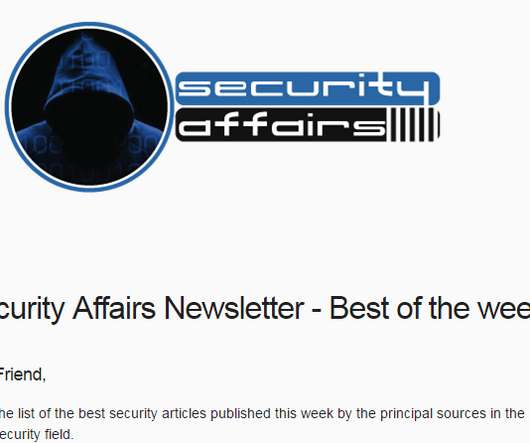Government Employees at High Risk for Mobile Phishing
SecureWorld News
NOVEMBER 2, 2022
New research from Lookout reveals the most common mobile threats aimed at federal, state, and local government agencies and their employees—all of which have increased since 2021. One in eight government employees were exposed to phishing threats. Federal workers have more restrictions on BYOD devices.












Let's personalize your content